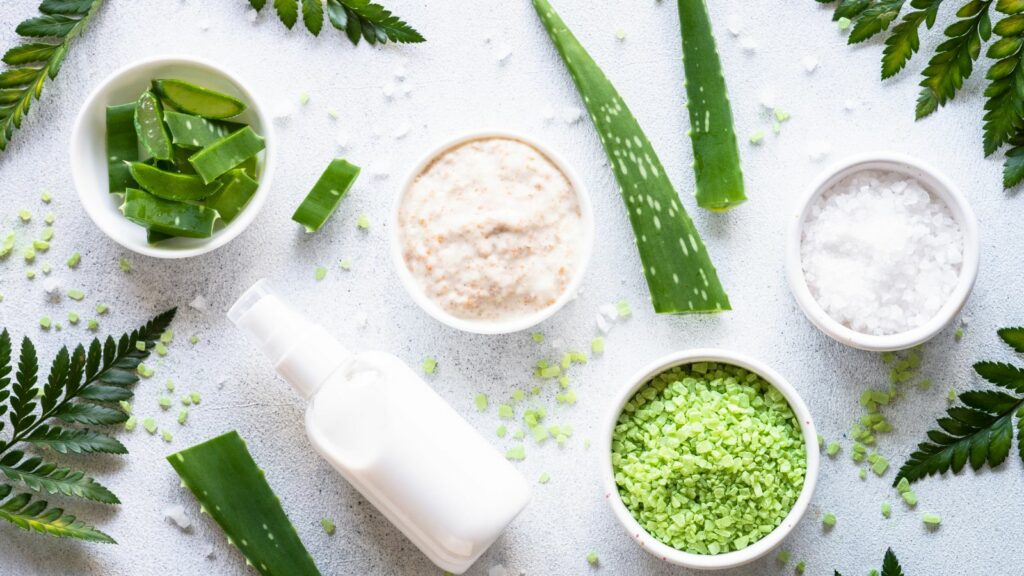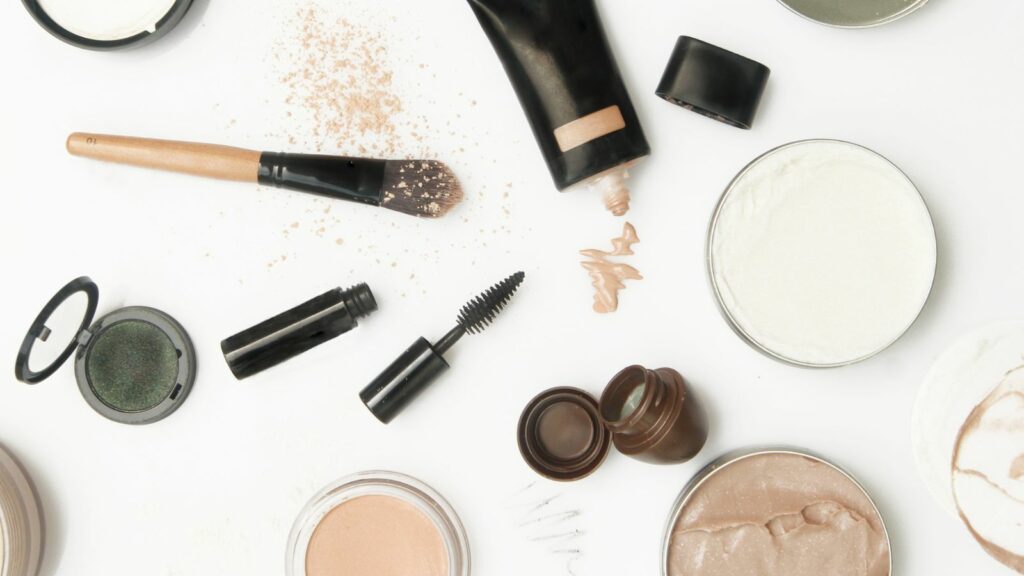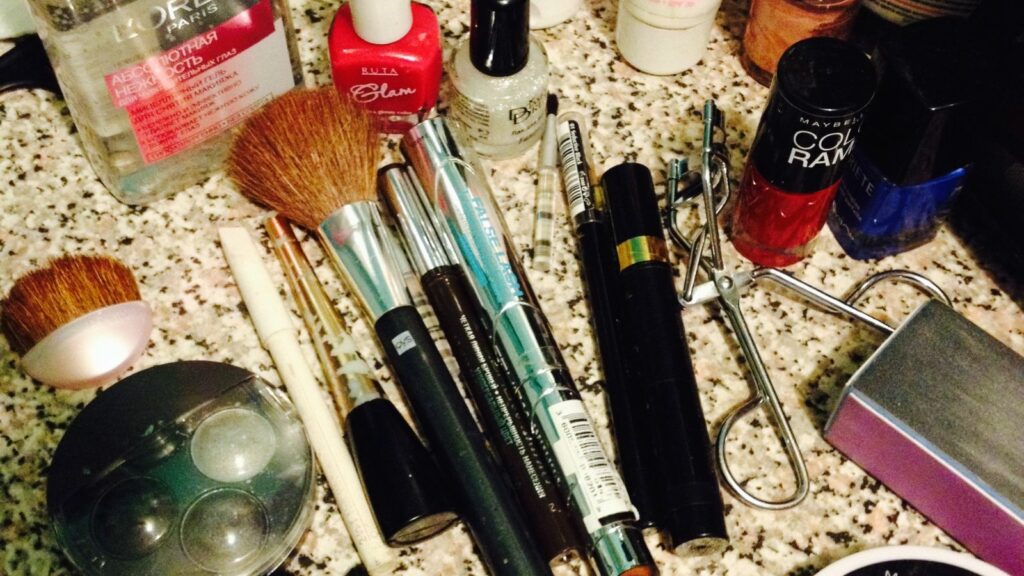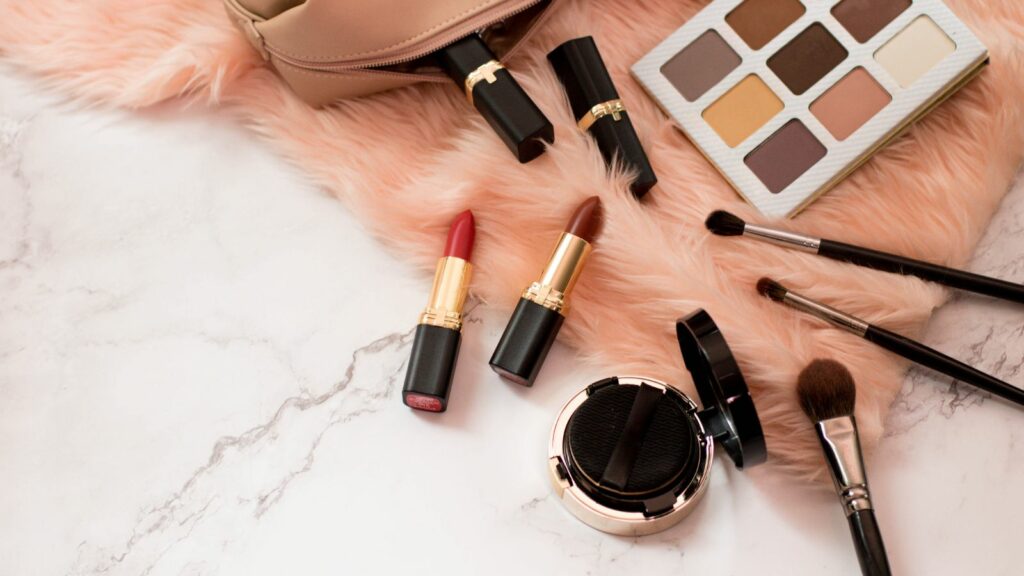In the ever-evolving digital landscape, the online beauty and personal care products market is a force to be reckoned with. It’s a vibrant, dynamic sector that’s reshaping the way we think about self-care and beauty. The surge of e-commerce platforms and tech-savvy consumers has transformed the shopping experience, creating a booming online market for beauty and personal care products.
From skincare essentials to luxury cosmetics, the online shelves are brimming with a myriad of options. The convenience of shopping from home, coupled with the vast range of products, is driving consumers to click ‘add to cart’ more than ever before. This article delves into the trends, challenges, and opportunities that define this thriving market.
Online Beauty and Personal Care Products Market
A burgeoning interest globally in personal grooming and self-care drives the remarkable growth of the online beauty and personal care products market. The marriage of technology and cosmetics has led to a digital transformation in the beauty industry, making beauty products more accessible to consumers worldwide.

A notable trend in the online beauty and personal care products market is the rise of the organic and vegan beauty products. With consumers prioritizing health and wellness, the demand for products made from natural ingredients, free from harmful chemicals, has surged.
There’s been a shift, furthermore, towards personalized beauty solutions, fueled by growing consumer awareness and expectations. Brands that can tailor products to individual skin types, concerns and aesthetic preferences are increasingly attractive to shoppers.
Influencer marketing constitutes another key trend, with brands leveraging social media influencers to increase engagement and connect with a wider audience. An expansion in AR and VR technology has also opened a landscape for virtual try-on experiences, revolutionizing the way consumers shop for beauty products online.
The Impact of Technology on Consumer Behavior
Understanding consumer behavior in the realm of online beauty and personal care markets involves acknowledging the sweeping technological advancements that have taken place over the last decade

Artificial Intelligence (AI) has significantly revolutionized the beauty and personal care industry, reshaping consumer behavior in the process. Smart algorithms now analyze customer data, including buying patterns, preferences, and search history, to generate personalized product recommendations. For instance, facial recognition software in the Sephora Visual Artist app provides personalized makeup suggestions based on individual skin tone.
Technologies like advanced chatbots further enhance this personalization, providing real-time assistance, product recommendations, and customer support. A great example of this is the “My Beauty Chat” chatbot by Estée Lauder, which provides skincare recommendations and makeup tips to users.
Another significant technological advancement impacting consumer behavior is the advent of virtual try-on apps. These apps allow consumers to virtually test different beauty products such as eyeshadows, lipsticks, and foundations before making a purchase, eliminating the guesswork often associated with online shopping.
Challenges Facing the Online Beauty Market
Despite the booming online beauty and personal care industry, it faces significant challenges that can impact market dynamism and the consumer experience. The proliferation of counterfeit products and the complexities of shipping and handling are two major hurdles in the smooth operation of these online markets.

On the e-commerce platform, counterfeit or knockoff beauty products pose a serious issue. These duplicated goods mimic popular brands, making it challenging for consumers to differentiate genuine items from fakes. In 2019, the Organization for Economic Cooperation and Development reported that 6.5% of global imports comprised counterfeit goods, resulting in a loss of nearly $509 billion. For instance, popular beauty brands like Mac, Estée Lauder and Urban Decay are frequently replicated.
These imitation products not only impact the revenue of original brands but also pose health risks to consumers, as they often contain harmful and unregulated ingredients. Sharing light on this, a report by the United States Government Accountability Office in 2018 revealed that 20 out of the 47 items they purchased from third-party sellers hosted on popular online marketplaces contained hazardous substances.

